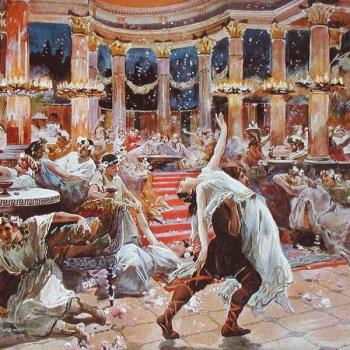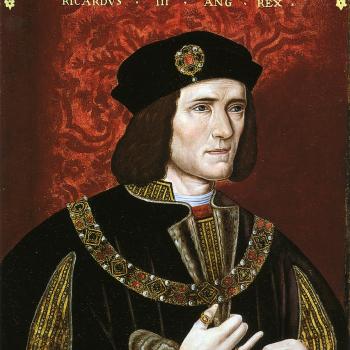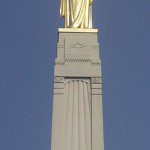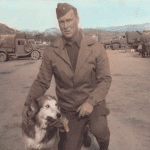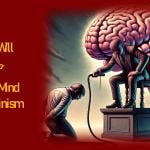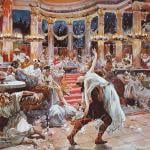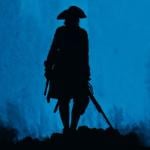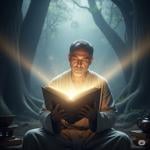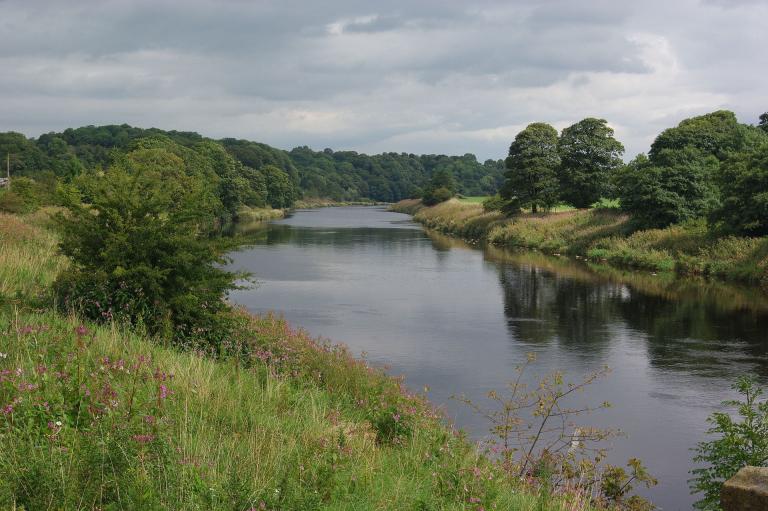
(Wikimedia Commons public domain image)
In the last presentation of the morning, Elizabeth Kuehn talked about “The Lives and Letters of the Twelve Apostles and their Wives during the Second British Mission, 1839-1841.”
She began by noting the severe gender imbalance in Latter-day Saint historiography — an imbalance that, it must be noted, is scarcely confined to Latter-day Saint historiography.
The missionary couples represented in the correspondence that she discussed were:
Heber C. and Vilate Murray Kimball
Willard and Phoebe Carter Woodruff
John and Leonora Cannon Taylor
George A. Smith and Bathsheba Bigler
Brigham and Mary Ann Angell Young
Parley and Mary Ann Frost Pratt
Willard Richards and Jennetta Richards
The men, of course, were in England, while the women were (for the most part) back in Nauvoo.
It was very good, in a discussion of the British mission, to hear women’s voices and to see what was happening on the home front. Traditionally, the focus is always (and understandably) on the brethren, the apostles, who were heroically out under often difficult circumstances. But the women they left behind were also heroic, and were also facing enormous challenges.
At the end of her remarks, Sister Kuehn shared an interesting slide from which I’ve stolen the following, in fairly close but hurried paraphrase:
The first British mission, led by Heber C. Kimball, made approximately 1500 converts.
The second British mission, involving the Quorum of the Twelve, made roughly 6000 converts. It had an enormous benefit of unifying the Quorum.
Hundreds of British converts emigrated to Nauvoo, and later to Utah Territory.
The Twelve launched publishing efforts in England.
The afternoon session began with Richard Terry speaking about “The Dirt on the Ancient Inhabitants of Mesoamerica.” Owing to several people wanting conversations, I was unable to listen as carefully as I had wanted to Professor Terry’s presentation. It was obvious, though, that he favors a Mesoamerican setting for the Book of Mormon and it seems that, in his view, evidence supporting a Mesoamerican geography is growing. He gave some interesting examples of how pre-existing paradigms can determine what an archaeologist sees in his evidence (e.g., a Marxist economist who was unable or unwilling to recognize clear evidence of a market economy or even a marketplace in his Maya excavation site).
***
Ah yes. Here’s a real gem:
Right. Wanna place bets on how much time will need to elapse before a federal judge shows this lawsuit the door?
So long as the Constitution of the United States of America holds sway here, the day is never going to dawn on which federal courts will presume to adjudicate which religious claims are true and which are false. And, really, does any clear-thinking American citizen out there want the federal government to decide theological questions?
Posted from Provo, Utah



